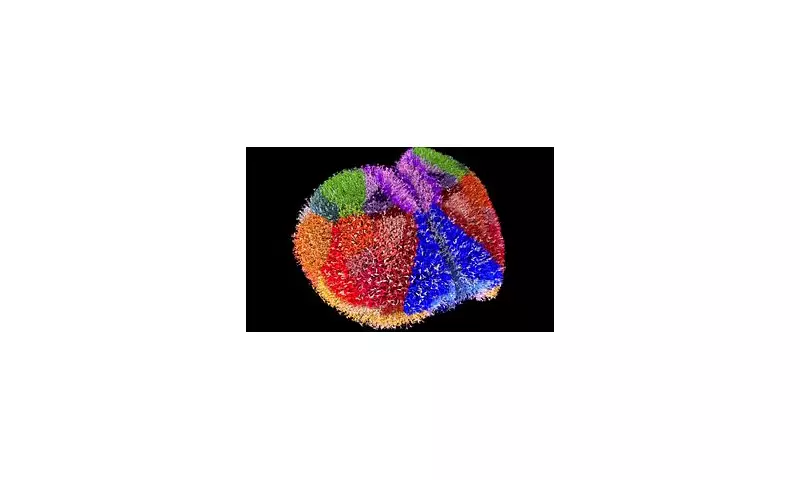
In a monumental leap for neuroscience, an international team of researchers has unveiled the most intricate and detailed map of the brain ever created. This digital replica, a virtual copy of a mouse's cortex, charts an astonishing 10 million neurons and 26 billion synapses across 86 interconnected brain regions.
A Technical Milestone in Computational Power
The creation of this map was made possible by harnessing the immense power of Fugaku, Japan's ultra-fast supercomputer. Located at the Riken Center for Computational Science in Kobe, Fugaku is capable of performing quadrillions of calculations every second. Dr Tadashi Yamazaki from Japan's University of Electro-Communications in Tokyo confirmed the supercomputer was utilised specifically for this neural circuit simulation.
Dr Anton Arkhipov, an investigator at the Allen Institute in Seattle who worked on the project, hailed the achievement as a 'technical milestone'. He stated, 'With this kind of computational power, the goal of a full, biophysically accurate brain model isn't just science fiction anymore.' He added that scientists are now in a new frontier where understanding the brain literally means being able to build one.
What the Stunning Simulation Reveals
The vibrant image produced is a detailed simulation of the entire mouse cortex, the brain's critically important outermost layer. The different colours represent various cortical areas responsible for distinct functions like visual processing, body movement, and decision-making.
Each region consists of a dense forest of neurons, or nerve cells, which transmit electrical and chemical signals to facilitate communication. The little white, tree-like branches visible throughout are active neurons, spiking and signalling to send messages. For clarity, the image shows only 1 per cent of the total neurons simulated.
The simulation captures the 'spontaneous' activity of the cortex in a resting state, depicting several seconds of biological dynamics. Electrical signals travel down a neuron's axon until they reach a connection point, triggering a chemical signal where neurotransmitters flow from one cell to the next.
Unlocking the Future of Brain Research
This virtual model is set to revolutionise how scientists answer fundamental questions about brain function and disease. Researchers will use the digital copy to investigate what happens during neurological diseases, how brain waves shape mental focus, and how seizures spread.
Until now, such inquiries could only be answered using real brain tissue, one painstaking experiment at a time. Dr Tim Jarsky, associate director of electrophysiology at the Allen Institute, emphasised the importance of modelling, noting that 'the brain is too complex a system to use your intuition to figure out how cells should be behaving.'
The long-term goal for the team is to simulate the entire brain of a mouse, not just the cortex, and eventually to create accurate human brain models. Due to structural similarities, the mouse brain serves as a reliable model for understanding human brain development.
An upcoming paper will formally unveil this groundbreaking virtual brain simulation at SC25, a supercomputing conference taking place in St. Louis, Missouri. This research, conducted using approximately 150,000 compute nodes on Fugaku, opens up unprecedented possibilities for understanding one of science's greatest mysteries.





